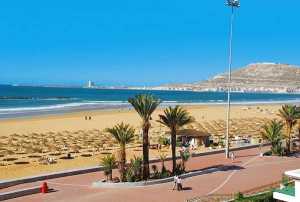
WHO CAME first to Morocco, the Arabs or the Berbers? “Morocco was our land before the Arabs ever came,” our irascible guide to Marrakech, Boushab El Attar states. In long kilim dress, as many are in this heart-stoppingly beautiful city, he helps negotiate the medina’s good-humoured miles of trade, showmanship and hustle, on foot and by horsedrawn carriage.
Night and day, Marrakech’s sunset-pink magnificence has to be witnessed. At 460m above sea level and beyond the Atlas Mountains, it heaves with a hot pulse, 25celsius in February and 45c in summer. Shade is plentiful.
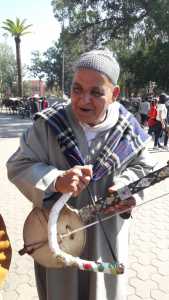
Wide and wealthy streets connect quarters that host parks and clubs and mosques with equal embrace, as with street hawkers and banks.
Stroll through Les Jardonelles, Yves St Laurent’s shady oasis; and the sprawling Palace Bahia. Here the changing of the guard was sounded by jumping on wooden sentry points as the Sultan entertained in gorgeous chambers intact today. A busy chap, plenty on his hands.
Do you know of ‘sexual ablutions’ as prescribed by the Koran? Boushab the Berber explains them to our mixed-faith group, ritualistic washing of body parts according to decree and repetition. The Sultans at the Palace must have been fragrant for their four wives each, seven concubines and 24-strong harem comprised of chosen girls Miss Almond, Miss Orange Blossom, Spice Girl.
“It was a great honour to be chosen from your village, representing the harvest of life. Her family was elevated socially”. A year beyond her induction, the Misses were married forward into a secure life with Palace staff.
Morocco’s longstanding King Mohammad V1 and his engineer wife Princess Salma have changed the legacy of millennia to introduce free education for women into university level. It’s one of many egalitarian initiatives put in place by the respected monarch.
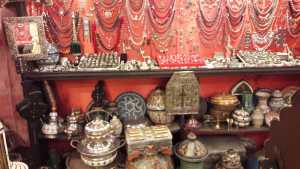
In the Jewish quarter, mosaic arches and bellydancers balancing candles at El Chwarma wrap around feasting and Berber musician singers. Another banquet in a Touareg tent near Agadir. This time we are welcomed by milk and dates and horsemen firing rifles. Traditional high octane dancing fills the scene, robes and instruments and limbs building intensity.
The white city of Agadir curves around a 10-mile sweep of golden sand. The promenade is phenomenal, Le Bleu Pavilion lined with beach parasols, hotels, a marina. Electric skateboards traverse its length if jet skis intimidate. There’s a laidback, strolling vibe.
Restaurant life is rich on the ocean front, divided between the cheaper but quality non-alcohol serving (three courses €8; lamb tagine €5) and those with a bar. Le Jetée has delicious Moroccan soup and Atlantic views for €1.50, or go downtown for the 1001 Nights restaurant and L’Etoile off Rue President Kennedy. Anticipate three courses for €4 and BYO takes care of alcohol.
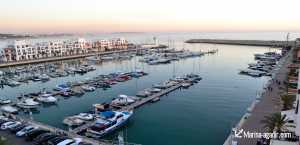
The Golden Gate on tourist strip Boulevard de 20 Auot offers fish and pasta that wake the dead, singer Adou and a plush karaoke lounge that lures in songbirds.
Right in front, the Hotel Kenzi Europa is a two minute walk to seafront (with private beach) and offers four star luxury that is primed for families. Its large tiered gardens are landscaped by trees and tiered to provide various sun terraces, tennis and basket/ football courts, Kiddies Club with daily shows and there are three pool, the largest of which commands six slides.
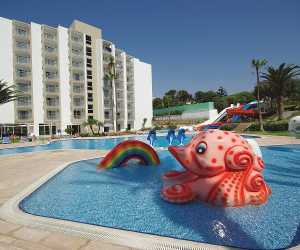
All Kenzi meals are buffet in style with a fabulous choice in salads and chef’s live grill; outdoors at lunch there is a daily barbecue of merguez sausages/ sardines/ burger. Multilingual staff excel at their job and are courteous.
Do appreciate that smoking is allowed indoors in most establishments so be prepared for ashtrays at the bar, here there and everywhere in Agadir.
Rose Rushe was a guest of Sunway.ie at Hotel Kenzi Europe (4*). Season ends April 29, Dublin to Agadir direct.







